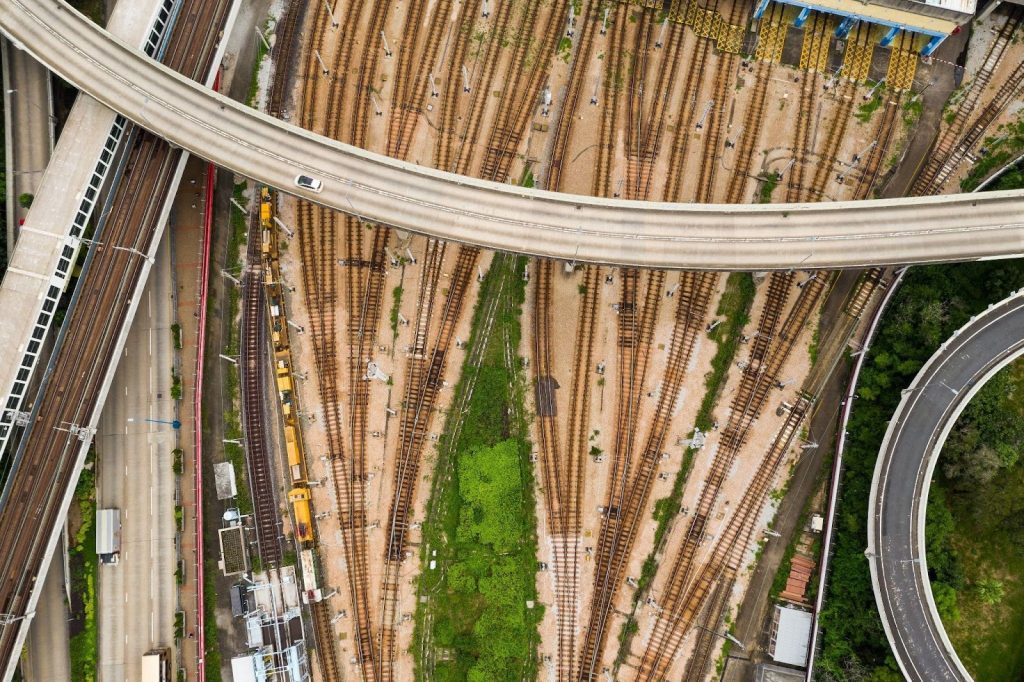Today’s world is evolving at an unprecedented pace. Climate change, urbanization, mobility, energy transition, and livability challenges all demand smart, data-driven solutions. For policymakers, making informed decisions based on real-time data and predictive scenarios is becoming not just valuable, but essential. One technology is rapidly emerging as an indispensable tool in this process: the digital twin.
How digital twins can help governments
A digital twin is a virtual representation of the real world, enhanced by live data, historical context, and simulation capabilities. It offers policymakers the ability to understand current conditions and simulate the effects of future decisions. Whether you’re planning new infrastructure, responding to urban growth, or implementing climate resilience strategies, digital twins help bring clarity and structure to the complexity of modern policy.
More and more governments and organizations are recognizing the strategic power of a digital twin as a foundation for future-proof governance—not only for operational purposes but also as a tool to turn long-term visions into executable plans.
Why policy can’t exist without digital representation anymore
In the past, policymaking relied heavily on static reports, paper maps, and educated guesses. That’s no longer enough. Digital twins bring all relevant data—geographic, social, infrastructural—together in one interactive environment. This creates a complete, dynamic, and real-time view of a city, neighborhood, or region.
This technology enables you to compare different scenarios side by side: How will traffic patterns shift if a new residential area is added? What impact will green spaces have on urban heat? Which buildings are at risk during extreme weather events? With digital twins, these answers are no longer buried in spreadsheets—they’re made visible and understandable through smart 3D simulations.
Digital twins also offer a level of transparency that traditional tools lack. You can use interactive dashboards and visual models to engage stakeholders, colleagues, and citizens. This increases public support and makes it easier to communicate complex decisions.
Real-world applications in local and regional policy
Digital twins aren’t just a tech buzzword—they’re practical tools that serve a wide range of policy areas. Here are some of the most powerful use cases in public sector environments:
- Traffic and mobility management: Real-time insight into traffic flows and congestion hotspots.
- Public safety: Detecting blind spots, unsafe intersections, and high-risk areas.
- Urban planning: Visualizing zoning changes, building heights, and land use.
- Climate adaptation: Simulating flood risks, heatwaves, and green infrastructure impacts.
- Sustainability policy: Identifying opportunities for solar power, energy efficiency, and emissions reduction.
- Housing development: Choosing optimal locations and assessing infrastructure needs.
Because all of these domains are interconnected, a digital twin supports integrated policymaking across departments. You’re no longer working in silos—you’re building policy from a shared, real-time understanding of your environment.
Digital twins as a tool for communication and engagement
Public engagement is a cornerstone of modern policymaking. Digital twins support participation by translating technical data into visuals that people understand. For example, during town hall meetings or public consultations, citizens can see for themselves what their street will look like after planned improvements—or how new housing projects might affect local traffic.
Because digital twins are both data-driven and highly visual, they turn abstract plans into tangible experiences. This builds trust, boosts participation, and makes citizens feel more connected to the planning process.
They also foster better collaboration between government agencies, utilities, and private partners. When everyone works from the same “digital source of truth,” misunderstandings are reduced, and efficiency increases.
Curious how this works in practice? Check out our article on data integration and urban visualization.
Digital twins are the foundation for future-ready policy
Citizens expect governments to do more than react—they want leaders who anticipate and plan ahead. Whether the issue is climate resilience, housing shortages, or infrastructure renewal, data-driven tools are essential for success.
Digital twins empower you to respond proactively, make better decisions faster, and communicate with clarity. And because the technology is becoming more accessible and scalable, there’s never been a better time to invest.
Waiting too long means falling behind. The cities and governments that embrace digital twins today will be the ones leading the way tomorrow.

